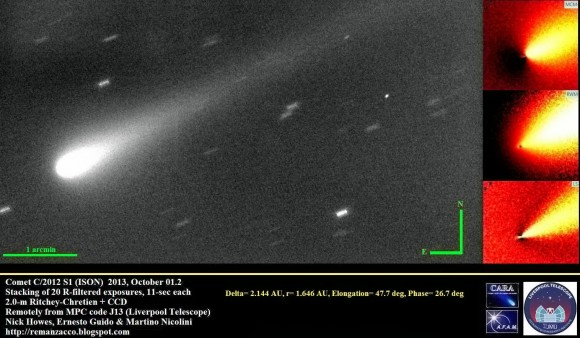Photo courtesy of NASA
With the recent government shutdown, one may wonder about many things: Obamacare, government reform, will the postal service still run? All these are valid concerns (and yes, your mail will still get to you!), but one thing is for sure: of the many agencies and operations affected by the shutdown, NASA is definitely being hit the hardest.
NASA, or the National Aeronautics and Space Agency, is the government agency responsible for all of the country’s space-related missions, research, projects, etc. They put men on the moon, the most powerful telescopes in the sky, and now it sits empty.
When the shutdown began October 1st, 97% of NASA employees were locked out of work (the highest of any agency).
The International Space Station. Photo Courtesy of the Free Software Foundation.
Only a few essential personnel remain in Houston, TX to maintain contact with 6 astronauts stranded in the International Space Station (ISS). Luckily, many outside institutions and companies run programs and operations for the agency, and remain unaffected for the time being (i.e. the Hubble Telescope and the Mars Rover: Curiosity). However, if something were to go wrong or funding were to run out, there would be nothing to do until Congress and the White House are able to come to an agreement.
An illustration of the MAVEN probe. Courtesy of the University of Colorado- Boulder Laboratory for Atmospheric and Space Physics.
Other programs are not so lucky. The websites, many of which are heavily used by the public and professionals alike for informational and educational purposes, are nonoperational. So too are all programs in development. Work on MAVEN, or the Mars Atmosphere and Volatile Evolution Mission, has been completely stopped until government funding can resume. If the shutdown lasts more than a week, the researchers will miss their launch opportunity later this year and will not be able to launch again until 2016, a major setback.
Altogether, this shutdown is not the end of the world, or even the end of space exploration. The title of this piece is a misnomer too: it doesn’t affect space in the slightest. It does affect, however, our ability to explore, understand, and learn about space. A shutdown that lasts longer than a few days would be devastating to progress that has been decades in the making. There is probably a reason why scientists stray from politics. No matter your political inclination, incessant bureaucratic bickering only makes one frustrated and confused as to why people cannot work together and compromise. Let us hope, for the sake of NASA, federal workers, the EPA, whatever you stand for, this issue can be resolved soon.
Sources:
http://www.npr.org/2013/10/02/228502839/the-government-shutdowns-final-frontier-how-nasa-is-dealing









